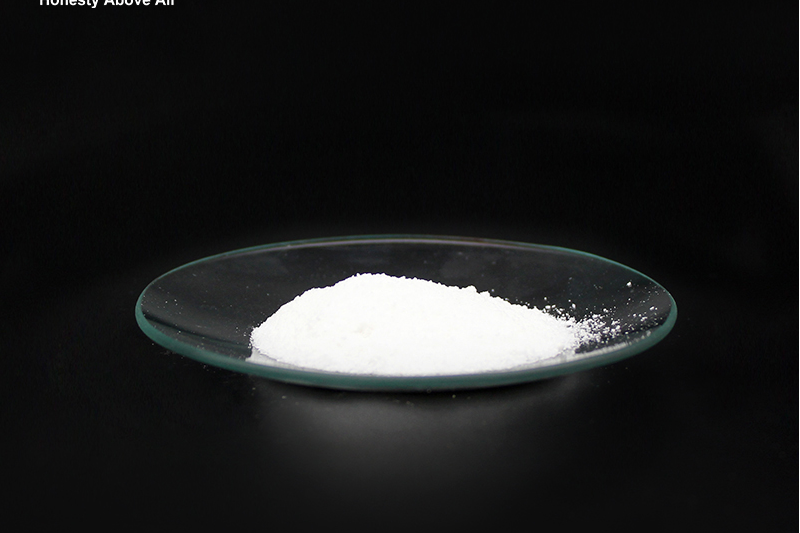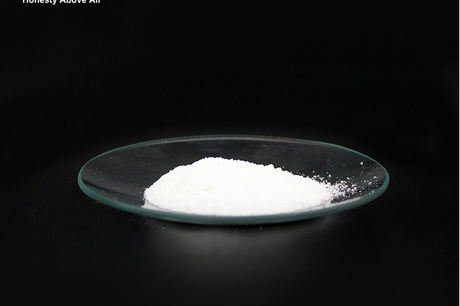Introduction
Desizing enzyme plays a crucial role in the pretreatment process of textile manufacturing. It is specifically designed to break down and remove the size materials applied to yarns or fabrics during the weaving process. Compared with traditional chemical desizing methods, enzymatic desizing offers higher efficiency, environmental sustainability, and fabric protection, making it a preferred choice in modern textile processing.

High Specificity and Fabric Protection
One of the most significant advantages of desizing enzymes is their high specificity toward starch-based sizes, which are commonly used in the textile industry.
Unlike harsh chemical desizers, enzymes act as biological catalysts—they selectively target starch molecules without damaging the underlying fabric fibers. This ensures that the fabric maintains its strength, softness, and integrity throughout the desizing process.
Environmentally Friendly Alternative
Desizing enzymes are an eco-friendly solution compared to conventional chemical methods.
Traditional desizing often relies on strong alkalis or oxidizing agents that produce harmful by-products and wastewater. In contrast, enzymatic desizing agents are biodegradable and generate minimal waste, significantly reducing the environmental footprint of textile production.
Improved Efficiency and Cost-Effectiveness
The application of desizing enzyme also enhances process efficiency.
Enzymatic desizing can be performed at lower temperatures and shorter processing times, leading to energy savings and faster throughput. Additionally, the reduced need for rinsing and neutralization steps helps to lower water and chemical consumption, making the overall process more cost-effective.
Process Optimization
In textile pretreatment, desizing enzymes are typically used under controlled conditions where temperature, pH, and enzyme concentration are optimized for maximum performance.
The enzyme hydrolyzes starch molecules into smaller, soluble fragments, which are easily removed during the washing stage. After desizing, fabrics proceed to further pretreatment processes—such as scouring, bleaching, and mercerizing—to prepare for dyeing and finishing. Effective desizing ensures these steps proceed smoothly, resulting in higher-quality dyed fabrics.
Conclusion
In summary, desizing enzyme is a key component of modern textile pretreatment. With its high specificity, environmental benefits, process efficiency, and cost savings, it enables textile manufacturers to produce superior-quality fabrics while maintaining sustainable and responsible production practices.
















